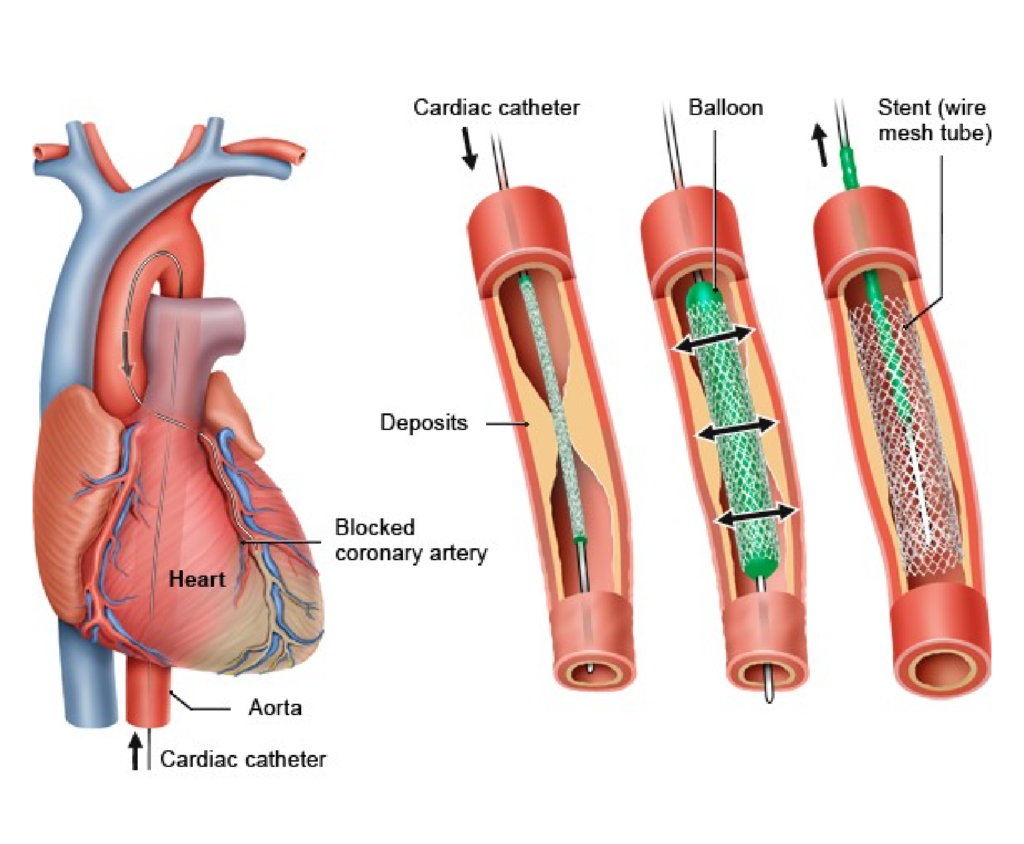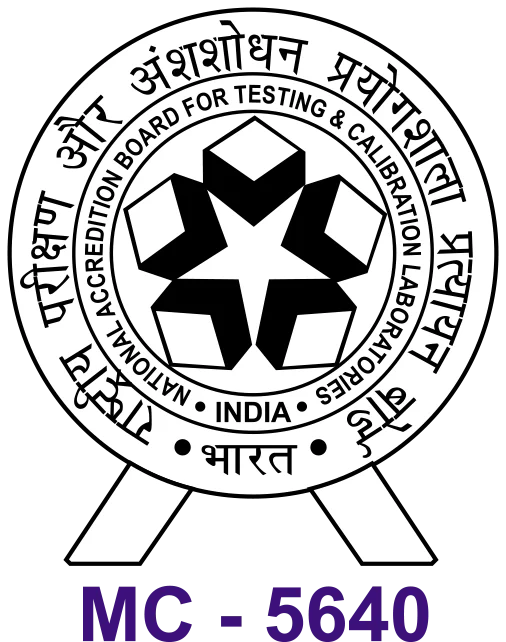Cardiac Catheterization


What is Cardiac Catheterization
Cardiac Catheterization is a minimally invasive medical procedure used to diagnose and sometimes treat heart conditions. During this procedure, a thin, flexible tube called a catheter is inserted into a blood vessel, usually in the arm or groin, and guided to the heart. This allows doctors to closely examine the heart’s structure and function, measure blood pressure, and assess the blood flow.
Key Features of Cardiac Catheterization:
Diagnostic and Therapeutic:
- Diagnostic Use: To identify conditions such as coronary artery disease, valve disorders, or congenital heart defects.
- Therapeutic Use: To perform procedures like angioplasty (widening narrowed arteries) or stent placement.
Procedure Steps:
- A local anesthetic is applied to numb the insertion site.
- A catheter is inserted into a blood vessel and guided to the heart using X-ray imaging (fluoroscopy).
- Contrast dye may be injected through the catheter to visualize blood vessels and heart chambers.
Measurements and Tests:
- Assesses blood flow, oxygen levels, and heart chamber pressure.
- Helps detect blockages in the coronary arteries.
- Evaluates the heart’s pumping ability (ejection fraction).
Minimally Invasive: The procedure avoids open surgery and is performed in a cardiac catheterization lab under controlled conditions.
Duration: Typically takes about 30 minutes to 1 hour, with some variations depending on the procedure.


